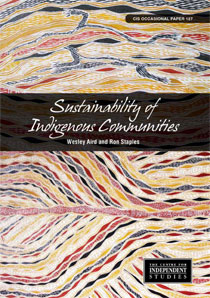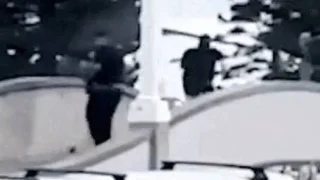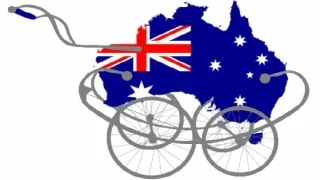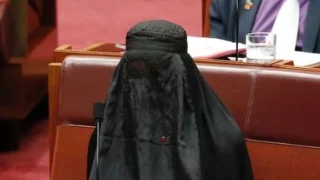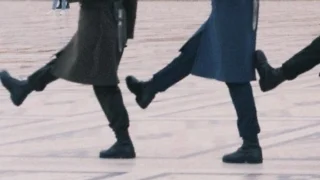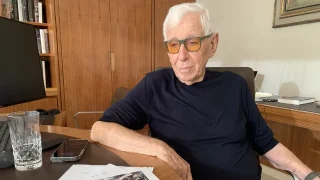
Social indicators of Indigenous disadvantage prove that the orthodox methods of delivering services to Indigenous people have not worked. The failure of these methods is also indicated by the proliferation of approaches trying to work around established orthodoxies. This paper sets out an alternative process, based on successful developmental methodologies used extensively around the world, by which Indigenous communities could work with their stakeholders to overcome disadvantage. Dissonant change is necessary to break out of the failed orthodoxy of grant funding by departmental silos, which in many cases are dysfunctional in their own right.
This paper also debunks the myth that it’s too hard to make improvements in Indigenous affairs and that it will take a generation for change to occur, and instead, establishes how proven techniques can be used to make changes to service delivery straightaway. The consequent improvements will be measurable, save money, and achieve development change outcomes.
A dysfunctional community that is provided with relevant technical assistance and support will be able to develop and implement its own strategy for sustainable improvement. However, the chances of success for any community development intervention depend on two factors: first, the community’s will for change and the political will at the highest level of government (namely, the one that provides funds to subordinate program administrators), and second, the genuine participation of the intended beneficiaries and stakeholders in the change process.
